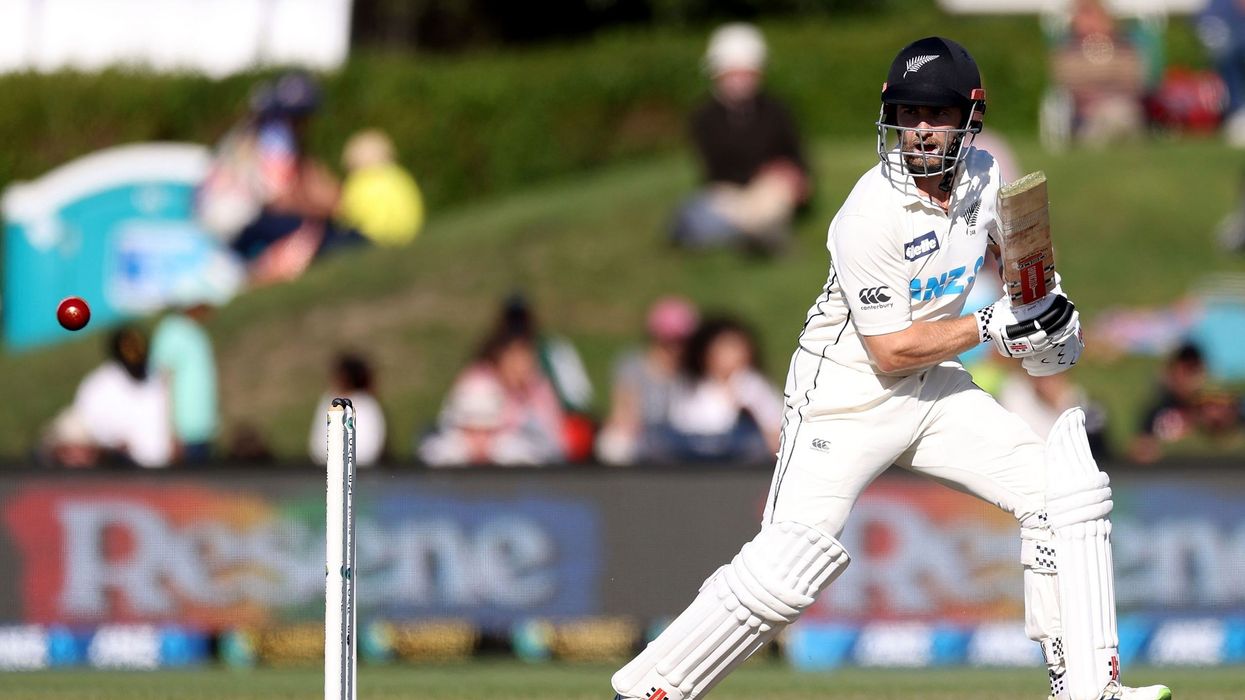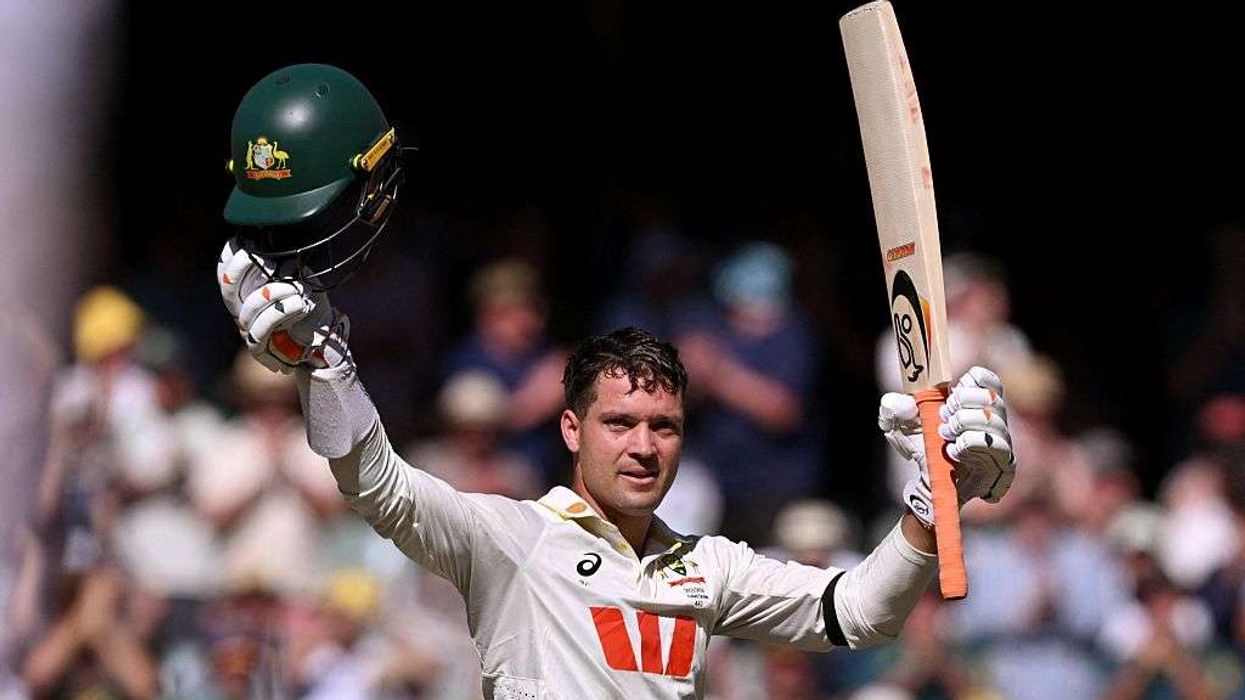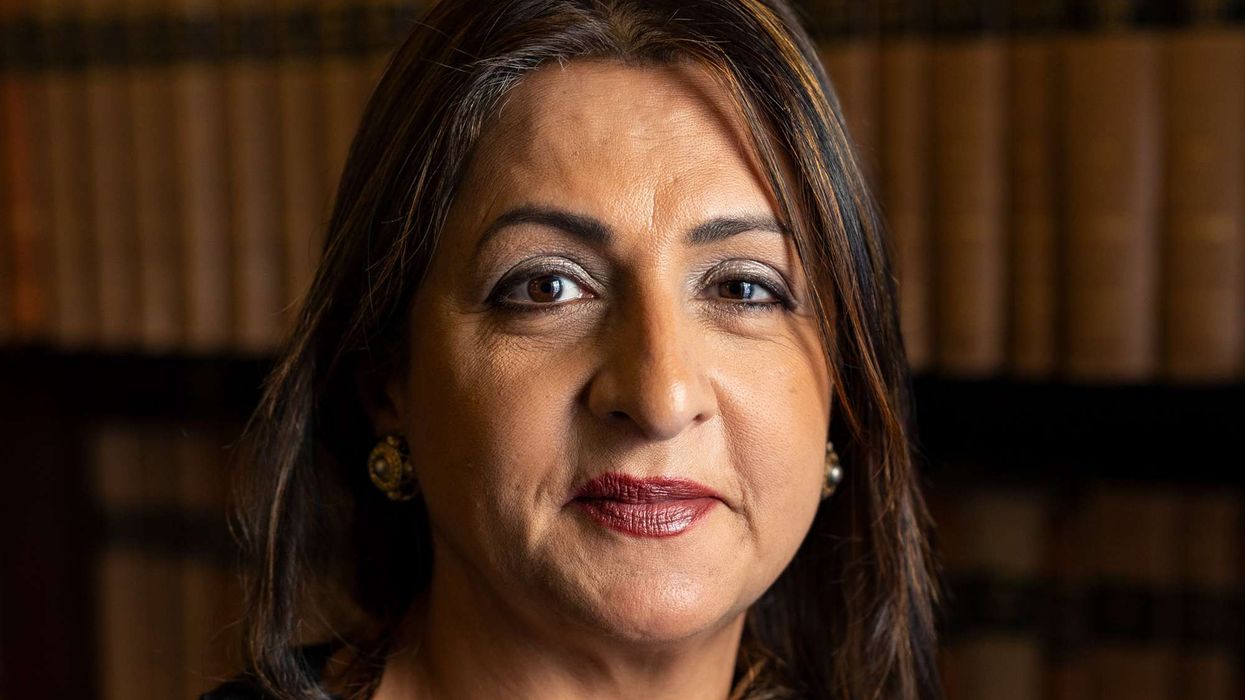KANE WILLIAMSON will be available to lead New Zealand against India in the World Test Championship final, head coach Gary Stead announced on Tuesday (15) as he unveiled a 15-man squad for the match, starting June 18.
Williamson was forced to miss the second Test against England due to an elbow injury and in his absence Tom Latham led New Zealand to a comfortable eight-wicket win and also series triumph.
Wicketkeeper-batsman BJ Watling, who too had missed the second Test due to a back injury, has also been named in the squad.
"Kane and BJ have certainly benefitted from their week of rest and rehabilitation and we expect them to be fit and available for the final," Stead said at a press conference after the team's arrival at Southampton.
"Playing in a World Cup final is a really special occasion and I know the guys are looking forward to getting into their work here in Southampton," he added.
Stead said their victory over England notwithstanding, it is going to be a tough challenge facing India.
"India are a world class outfit who possess match winners all through their line-up, so we're under no illusion about how tough they will be to beat," he said.
New Zealand will go into the clash with one specialist spinner in 32-year-old left-arm spinner Ajaz Patel and allrounder Colin de Grandhomme
Will Young is their specialist batting cover, while Tom Blundell is the back-up wicket-keeper.
"We've gone with Ajaz as our specialist spinner after an impressive outing at Edgbaston and we believe he could be a factor at the Ageas Bowl," Stead said.
"Colin's been an integral member of our Test set-up for many years and it was great to see him return at Lord's after a long injury lay-off.
"He's a proven performer at the top level and we back him to do a job with the bat or the ball if called upon."
New Zealand have left out five players from their 20-man squad, including Doug Bracewell, Jacob Duffy, Daryl Mitchell, Rachin Ravindra and Mitchell Santner.
New Zealand squad:
Kane Williamson (C), Tom Blundell, Trent Boult, Devon Conway, Colin de Grandhomme, Matt Henry, Kyle Jamieson, Tom Latham, Henry Nicholls, Ajaz Patel, Tim Southee, Ross Taylor, Neil Wagner BJ Watling and Will Young.






 Bush Theatre’s 'Sweetmeats' highlights diabetes risks in south Asian community through elder love story Bush Theatre’s 'Sweetmeats' highlights diabetes risks in south Asian community through elder love story
Bush Theatre’s 'Sweetmeats' highlights diabetes risks in south Asian community through elder love story Bush Theatre’s 'Sweetmeats' highlights diabetes risks in south Asian community through elder love story 





